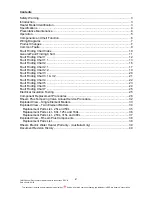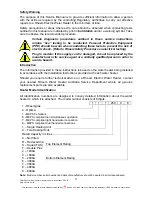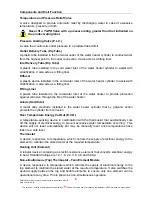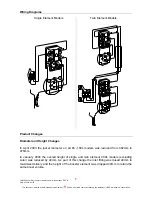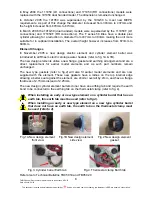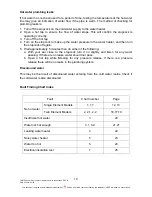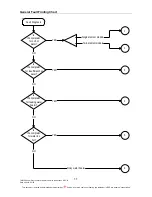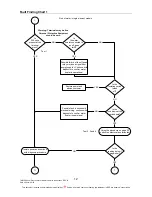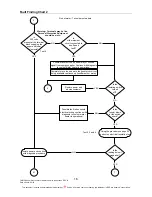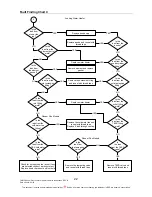
TM012 Rheem Electric Water Heaters Service Instructions REV: B
Date of Issue: 03/06
This document is stored and maintained electronically by
Service. All printed copies not bearing this statement in RED are deemed “uncontrolled”
9
Common Faults
When a complaint is lodged about the performance of a hot water system there are a
number of causes that should be checked and eliminated. In an attempt to pinpoint the
most likely cause it is important to discuss with the customer their reasons for the
complaint, the duration of the problem, any change in circumstances or usage and recent
weather conditions. This information in conjunction with the following listed common
complaints will assist you in locating the most likely cause. All procedures assume there is
water flowing through the water heater.
Excessive hot water usage
The complaints of insufficient hot water and no hot water can on many occasions be
attributed to hot water usage exceeding the capacity of the water heater to provide hot
water.
When first attending a call of this nature it is essential to establish the probable hot water
usage by querying the usage habits of the household and comparing this with the potential
delivery of the model water heater installed. It can then be established if the usage is
within or outside the capacity of the model. The areas to look at for excessive usage are:
1. Automatic washing machines.
2. Showers exceeding 12 litres/minute for mixed water and 5 minutes in duration.
3. Two or more showers operating at the same time.
4. Change of occupancy or number of persons increased.
5. High water pressure area. (Excessive pressure relief valve discharge).
6. Plumbing leaks.
7. Thermostat temperature setting.
8. Crossed connection.
Mixing or crossed connections
If an automatic dishwasher, washing machine, flick mixer tap, tempering valve or
thermostatic mixing valve is installed there is always the possibility that the cold water
could mix with the hot water through a faulty or incorrectly installed valve. This is referred
to as a cross connection. The complaints of insufficient hot water, water too cold or
excessive discharge from the pressure relief valve may be attributed to a cross
connection. The method of checking for a cross connection is:
1. Turn off the stopcock on the cold water supply to the water heater.
2. Open a hot tap. If water flow is persistent and cold a cross connection exists.
Water hammer
A water heater will not cause water hammer, however valves associated with the water
heater may be the source of the problem i.e. cold-water stopcock, non-return valve or relief
valve.
Most water hammer problems are associated with plumbing, hot and cold or appliances
i.e. solenoid valves, ballcocks, loose pipes, sharp angles in pipe work, faulty or worn valve
parts, loose tap washers or neighbouring equipment.
High water pressure areas will have more complaints of this nature and the use of a
pressure-limiting valve (PLV) to reduce the household cold-water pressure will usually
solve most problems.


